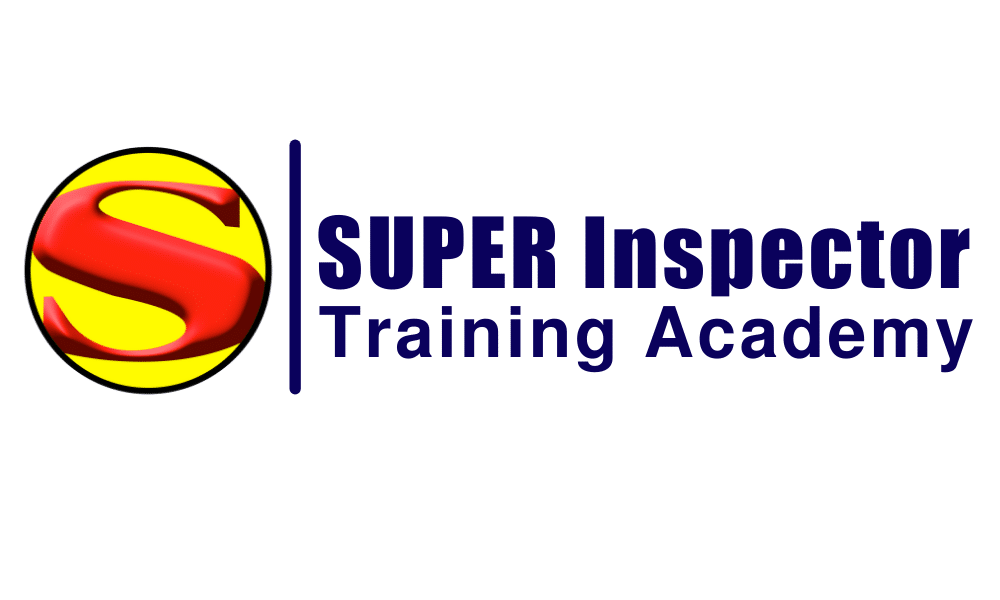RICE – TXLESOP: MODULE 8 – Plumbing Systems Standards Overview – §535.231
Plumbing Systems Standards Overview – §535.231
The plumbing system SOPs cover four areas: plumbing systems, water heater, hydro-massage therapy equipment, and gas distribution systems.
Plumbing systems
- The inspector shall report:
- location of water meter;
- location of homeowners main water supply shutoff valve; and
- static water pressure;
- visible material used for water supply lines and drain lines;
- report as Deficient:
- the presence of active leaks;
- water pressure exceeding 80 PSI;
- the lack of a pressure reducing valve when the water pressure exceeds 80 PSI;
- the lack of a visible expansion tank when a pressure reducing valve, check valve, or backflow preventer is in place at the water supply line/system;
- the absence of:
- fixture shutoff valves;
- dielectric unions, when applicable;
- backflow devices, anti-siphon devices, or air gaps at the flow end of fixtures; and
- deficiencies in:
- water supply pipes and waste pipes;
- the installation and termination of the vent system;
- the performance of fixtures and faucets not connected to an appliance;
- water supply, as determined by viewing functional flow in two fixtures operated simultaneously;
- fixture drain performance;
- orientation of hot and cold faucets;
- installed mechanical drain stops;
- commodes, fixtures, showers, tubs, and enclosures; and
- the condition of the gas distribution system.
- The inspector is not required to:
- operate any main, branch, or shutoff valves;
- operate or inspect sump pumps or waste ejector pumps;
- verify the performance of:
- the bathtub overflow;
- clothes washing machine drains or hose bibbs; or
- floor drains;
- inspect:
- any system that has been winterized, shut down or otherwise secured;
- circulating pumps, free-standing appliances, solar water heating systems, water-conditioning equipment, filter systems, water mains, private water supply systems, water wells, pressure tanks, sprinkler systems, swimming pools, or fire sprinkler systems;
- inaccessible gas supply system components for leaks;
- for sewer cleanouts; or
- for the presence or performance of private sewage disposal systems; or
- determine:
- quality, potability, or volume of the water supply; or
- effectiveness of backflow or anti-siphon devices.
Water heaters
- The inspector shall report:
- the energy source;
- the capacity of the units;
- report as Deficient:
- inoperative units;
- leaking or corroded fittings or tanks;
- damaged or missing components;
- the absence of a cold water shutoff valve;
- if applicable, the absence of a pan or a pan drain system that does not terminate over a waste receptor or to the exterior of the building above the ground surface;
- inappropriate locations;
- the lack of protection from physical damage;
- burners, burner ignition devices or heating elements, switches, or thermostats that are not a minimum of 18 inches above the lowest garage floor elevation, unless the unit is listed for garage floor installation;
- the absence of an opening that would allow access to equipment for inspection, service, repair or replacement without removing permanent construction or building finish;
- when applicable; a floored passageway and service platform that would allow access for equipment inspection, service, repair or replacement;
- the absence of or visible deficiencies in the temperature and pressure relief valve and discharge piping;
- a temperature and pressure relief valve that failed to operate, when tested manually;
- The inspector is not required to:
- verify the effectiveness of the temperature and pressure relief valve, discharge piping, or pan drain pipes; or
- operate the temperature and pressure relief valve if the operation of the valve may, in the inspector’s reasonable judgment, cause damage to persons or property; or
- determine the efficiency or adequacy of the unit.
- Requirements for electric units. The inspector shall report as Deficient deficiencies in:
- performance of heating elements; and
condition of conductors; and
- performance of heating elements; and
- Requirements for gas units. The inspector shall report as Deficient:
- gas leaks in water heater not associated with the gas distribution system;
- flame impingement, uplifting flame, improper flame color, or excessive scale build-up;
- deficiencies in:
- combustion and dilution air; and
- vent pipe, draft hood, draft, proximity to combustibles, and vent termination point and clearances.
Hydro-massage therapy equipment
- The inspector shall report as Deficient:
- inoperative units;
- the presence of active leaks;
- deficiencies in components and performance;
- missing and damaged components;
- the absence of an opening that would allow access to equipment for inspection, service, repair or replacement without removing permanent construction or building finish; and
- the absence or failure of operation of ground-fault circuit interrupter protection devices; and
- The inspector is not required to determine the adequacy of self-draining features of circulation systems.
Gas distribution systems
- The inspector shall report:
- location of gas meter; and
- visible material used for gas distribution system;
- The inspector shall report as Deficient:
- noticeable gas leaks;
- the absence of a gas shutoff valve within six feet of the appliance;
- the absence of a gas appliance connector or one that exceeds six feet in length;
- gas appliance connectors that are concealed within or extended through walls, floors, partitions, ceilings or appliance housings; and
- deficiencies in:
- gas shutoff valves;
- access to a gas shutoff valves that prohibits full operation;
- gas appliance connector materials; and
- deficiencies in the condition and type of gas distribution lines and fittings;
- lack of visible bonding on gas distribution system, including corrugated stainless steel tubing (CSST); and
- lack of visible sediment traps.
- Specific limitation for gas lines. The inspector is not required to:
- inspect sacrificial anode bonding or for its existence;
- pressurize or test gas system, drip legs or shutoff valves;
- operate gas line shutoff valves; or
- light or ignite pilot flames.
